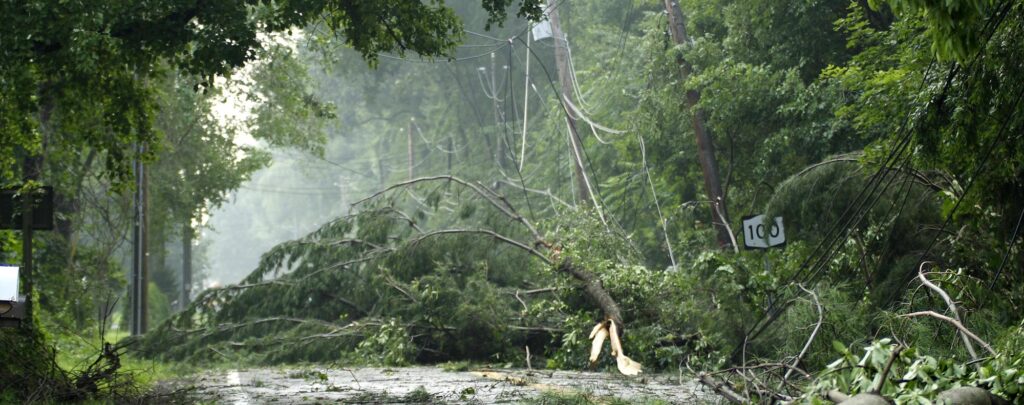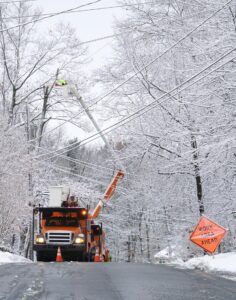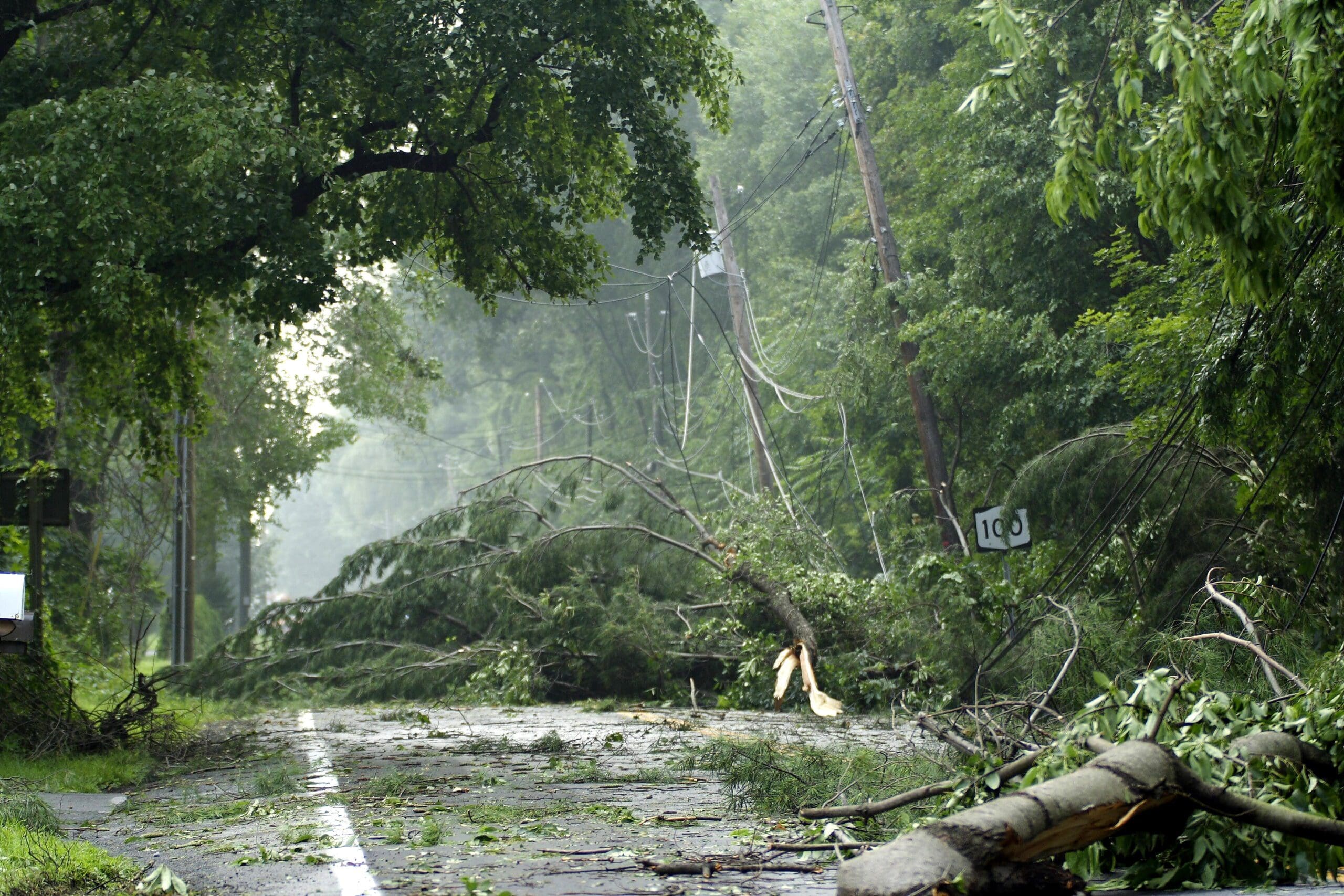EpochField optimizes storm management, before and after a storm, by automating common damage assessment workflows.

Old Methods and Process
Historically, utilities have utilized manual methods and processes when approaching a damage assessment workflow. A common approach to a manual assessment typically goes as follows: the use of printed paper maps, assigning work tickets to a field worker, handwriting assessed damage data, and then manually updating back-office outage management systems (OMS) once the data has been delivered.

Open Loop Damage Assessment Process:
- Printing of maps.
- Assigning damage tickets and maps to field crew.
- Field crew collects and reports damage by hand, on printed maps.
- Driving back to the storm center with maps notating damage.
- Aggregating all the notations on each map to a) make sense of it, and b) determine a game plan for repair.
- Someone else manually entering the status of the damage ticket in the Outage Management System and creating a work ticket.
- Beginning the routing process for work tickets.
The open-loop damage assessment process is a lengthy process, inefficient, and prone to errors when compared to modern methods. Often, a damage assessment team can run into several problems such as difficulty interpreting handwritten notations, lack of accurate data collection, and the difficulties of printing and using paper maps.
Automating a Damage Assessment Workflow
Although automating damage assessment workflows is a process in itself, the long-term benefits are worth it. Even though a damage assessment workflow will change case by case, generally the automation approach starts with using mobile devices in the field to collect damage data, electronically synching that data with outage management systems, then planning a restoration plan based on that data.
“Utilities can increase restoration efficiency following a major storm by automating data collection, scheduling, and restoration planning with EpochField.
Where Does EpochField Fit In?
Damage Assessment starts in the back office with supervisors viewing outages on dashboards and crew locations on a spatial map in real-time with integrated GPS tracking. By using EpochField Administrator and EpochField Work Scheduler, a plan and assessment strategy is developed based on crew location and outage areas. Field crews utilizing EpochField Mobile on lightweight tablets receive work orders from the back office and note damage specifics on configurable forms. Progress is tracked in real-time with tools and dashboards, enabling utilities to prioritize restoration areas.
Sometimes, in areas such as with high hurricane or tornado activity, the damage is so severe field crews cannot determine where utility assets were located. With the tablet’s internal GPS and GIS information, field crews will know exactly what materials are needed to be replaced. EpochField will then build a list of materials required for restoration and sync that data to the OMS for warehouse personnel to load construction materials on trucks for the crews.
Utilities can quickly restore power using EpochField by taking advantage of timely damage assessment information. With EpochField, utilities can quickly gain a detailed picture of the damage, identify and prioritize damaged areas, and assist staff with a restoration plan based on accurate GIS data.
Schedule a demo today to learn more about how EpochField can transform your storm damage assessment and response processes.


